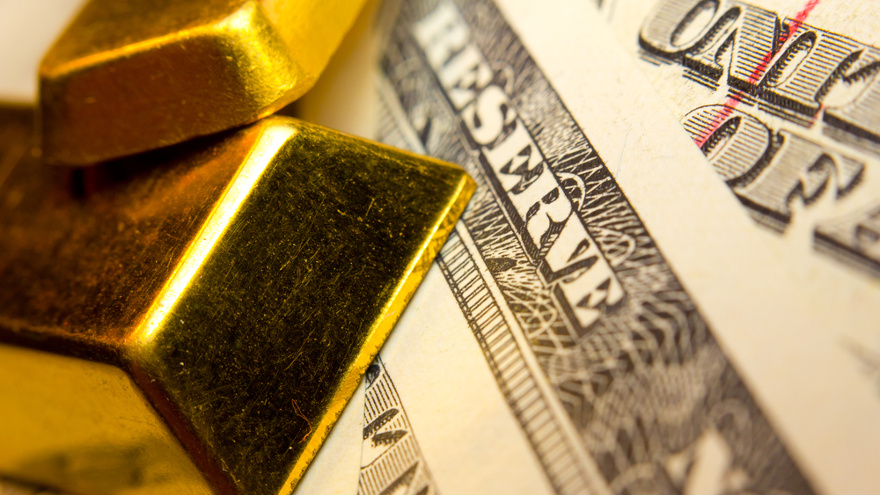COMMENTARY: Interest rate policy in interesting times

By subscribing, you agree to receive communications from Auto Remarketing and our partners in accordance with our Privacy Policy. We may share your information with select partners and sponsors who may contact you about their products and services. You may unsubscribe at any time.
CARY, N.C. –
OK, writing this column in retirement is much more difficult than it would be if I were still employed. Content, content, content. As many of you know, all of my earlier articles focused on data that I had access to through my work at NADA and Manheim.
I wasn’t purposely promoting the brand (or the data); it was simply that I was gathering, organizing and analyzing this data everyday anyway. So, why not write about it?
Today, I find my daily reading more focused on national politics than automotive. And my financial analysis is skewed to my own investment portfolio rather than dealer groups, OEMs, auto lenders and rental companies.
What has stayed the same is my interest in monetary policy. (In college — half a century ago — my dream was to become Chairman of the Federal Reserve.)
And what a half century it has been to be following monetary policy! From an era in which most Americans didn’t even know the Fed Chairman’s name and when policy decisions and speeches were barely reported on, we now have nationally televised press conferences and a detailed dissecting of every Fed Governor’s speech.
From an era in which former Fed Chairman William McChesney Martin said that central bankers would never be liked because “it’s our job to take away the punchbowl just when the party gets going” (1955), to 2008 when the Fed spiked the punch with grain alcohol and forced everyone to drink.
Subscribe to Auto Remarketing to stay informed and stay ahead.
By subscribing, you agree to receive communications from Auto Remarketing and our partners in accordance with our Privacy Policy. We may share your information with select partners and sponsors who may contact you about their products and services. You may unsubscribe at any time.
Where are we now? The consensus forecast of analysts (and the Fed’s own internal projections) suggest two more quarter-point rate hikes this year and another three next year. As former Dallas Fed President Richard Fischer describes it, Chairmen Powell is taking advantage of today’s strong economy to squirrel away as many rate hikes as possible to give back later when needed. That’s a reasonable policy given that the Fed has recently achieved its 2-percent inflation target, and it met its full employment mandate long ago.
But financial markets remain out of sync with this assumed outlook. As of this writing (end of June), the benchmark 10-year Treasury yield has yet to remain above 3 percent for an extended period. As a result, the 10-year/two-year Treasury spread, which was 250 basis points in early 2014, was below 30 basis points for most of July.
What to watch, and hope, for? By the time you read this, I hope that the 10-year Treasury yield will have breeched 3.1 percent.
Yes, I would prefer higher rates as it would suggest a more natural market, and the direct negative impact on the economy would be minuscule. Further out, however, there is a slight risk of an unhealthy acceleration in long rates. For example, in mid-September (just before the next expected rate hike), the temporary extra tax benefit that corporations receive for making contributions to pension funds will expire.
Those contributions have likely played a role in keeping long-dated Treasury yields low this year. Follow that up with mid-term elections, an apparent pick up in inflation and unresolved trade issues; and the outlook for financial markets becomes less clear.
Analysts have been lulled into thinking that the Fed can control any situation. They can’t. Markets rule. And, as they say, “when you see brown spots on the banana it will be too late to call a committee meeting.”
So, what should analysts and dealers look to for an early warning sign? First, corporate debt spreads. A quick widening would mean that the tremendous liquidity that has existed throughout this cycle might suddenly evaporate. And, with respect to autos, it is always important to look at the details of every new loan securitization deal.
I suspect the Fed will face some tough, and important, choices over the coming year, and it is silly to think there is already a roadmap. It’s like the weather — you can forecast it, but you can’t control it. Chairman Powell’s tenure will be more difficult than that of his predecessor. And I’m glad I don’t have the job!
Tom Webb is the former chief economist for Cox Automotive, Manheim, and NADA. He can be reached at [email protected] and on Twitter: @tomwebb1950


